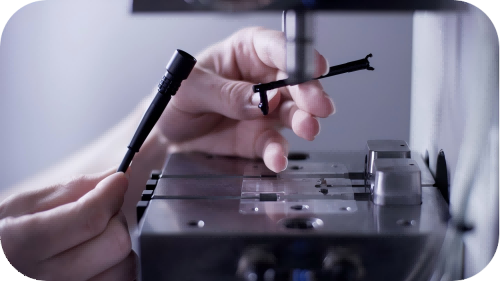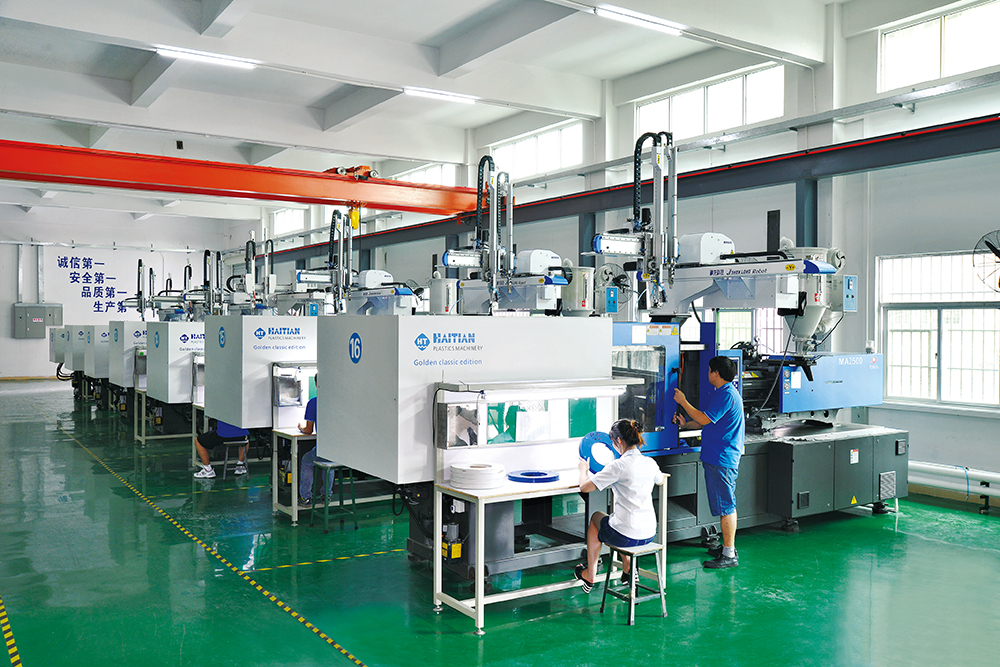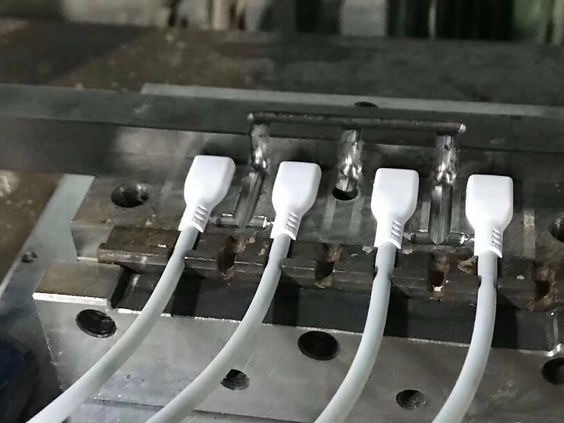Wire Harness Assembly Tool - injection mold machine
Introduction
Injection molding machines are specialized machines used in the manufacturing process of plastic products through injection molding. They consist of two main parts: the injection unit and the clamping unit. The injection unit is responsible for melting and injecting the molten material into a mold, while the clamping unit holds the mold securely in place during the injection process .
The injection molding process has proven to be a game-changer in the manufacturing industry, offering efficient and cost-effective solutions for various products. In this article, we delve into the advancements and techniques employed in injection molding machines specifically tailored for molding wire and cable products. The process utilizes cutting-edge technology and cognitive analytics, enabling predictive maintenance and real-time anomaly detection to ensure optimal performance and production quality.

Advancements in Injection Molding Machines for Wires and Cables
Traditional injection molding machines introduced in the 1960s were based on reciprocating screw technology, and while still in use today, they have undergone significant improvements to cater to the molding of wires and cables. Modern machines have replaced the piston and heated cylinder with extrusion technology, employing a reciprocating screw that generates frictional heat. This advancement enables rapid heating, efficient mixing, and optimal preparation of materials for the molding process.
Types of Injection Molding Machines
-
Hydraulic Injection Molding Machines: These machines use hydraulic systems to generate the necessary pressure for the injection process. They are known for their high initial cost but offer excellent performance and flexibility. Our company uses this kind of equipment, with tonnage ranging from 90 to 250 tons, the number of equipment is 16 sets, and the daily production capacity is more than 30000pcs.

Hydraulic Injection Molding Machines also have two types, one is a Horizontal forming machine, commonly used for molding automotive connectors, and another one is a vertical forming machine, used for molding with cables, like USB, D-sub, VGA, BNC, RCA, and some of special request waterproof connectors. strain relief, wire splitter, etc are also used in this type of machine to make it.

-
Mechanical Injection Molding Machines: Mechanical machines utilize mechanical systems, such as gears and cams, to generate the necessary force for the injection process. They are widely used for high-speed applications and offer precise control and repeatability.
-
Electric Injection Molding Machines: Electric machines employ electric servo motors for the injection and clamping operations. They are known for their energy efficiency, high precision, and quiet operation. Electric machines are often used for cleanroom applications.
-
Hybrid Injection Molding Machines: Hybrid machines combine the benefits of both hydraulic and electric machines. They utilize servo motors for energy-efficient operation while incorporating hydraulic systems for high-pressure applications.
Injection Molding Machines in the Wire Harness Industry
In the wire harness industry, injection molding machines play a crucial role in manufacturing components such as cable connectors, over-molded strain reliefs, and other custom parts. These machines enable the production of high-quality, durable, and precisely molded parts for wire harness assemblies.
Injection molding machines offer several advantages in the wire harness industry. They allow for the production of complex shapes and designs with precise tolerances, ensuring the proper fit and functionality of wire harness components. The ability to use a variety of materials, including thermoplastics and elastomers, provides flexibility in selecting the ideal material for specific wire harness applications.
Additionally, injection molding machines facilitate the integration of inserts and over-molding processes, enabling the encapsulation of connectors, terminals, and other components directly onto the wire harness. This improves the reliability and durability of the final product.
By utilizing injection molding machines, the wire harness industry can achieve efficient and cost-effective production processes while maintaining high product quality and consistency.

Conclusion
Injection molding machines tailored for molding wires and cables have revolutionized manufacturing efficiency, ensuring precise and consistent output. Advances in technology, including extrusion-based reciprocating screw machines, and the integration of cognitive analytics and predictive maintenance, have significantly improved process control and product quality. With real-time anomaly detection and cognitive retraining, injection molding machines are poised to optimize production processes and meet the increasing demands of the manufacturing industry
